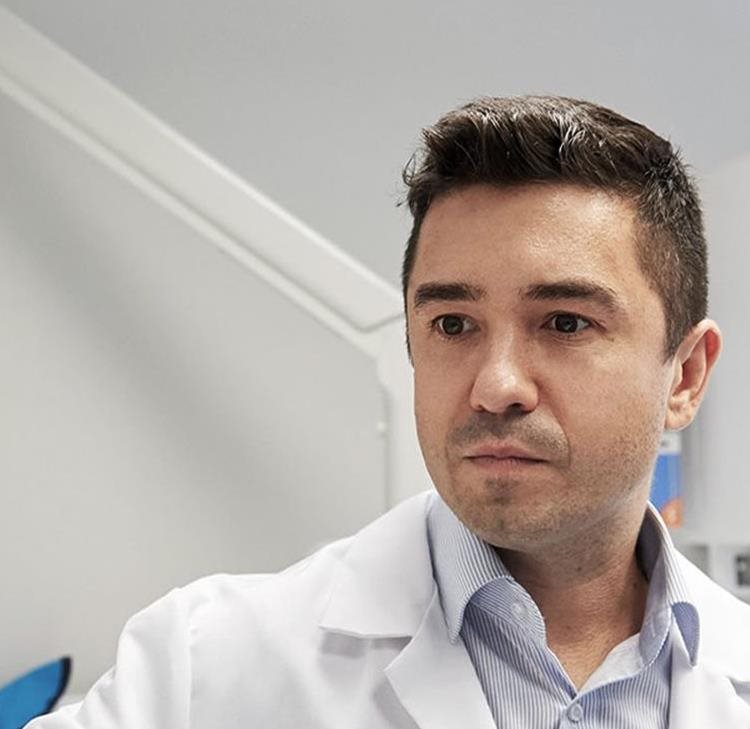CMA confirms its decreased role in reviewing mergers between NHS organisations
Today’s publication of the Competition and Markets Authority’s (CMA) decision on the proposed merger of Aintree University Hospital NHS Foundation Trust and Royal Liverpool and Broadgreen University Hospitals NHS Trust.
Today’s publication of the Competition and Markets Authority’s (CMA) decision on the proposed merger of Aintree University Hospital NHS Foundation Trust and Royal Liverpool and Broadgreen University Hospitals NHS Trust will come as welcome reading for NHS organisations considering structural changes to services, whether as part of a planned merger or the implementation of Integrated Care System (ICS) plans. In this article we consider the rationale underpinning the decision, the policy shift on the role of competition in the NHS and what this might mean for NHS organisations in the future.
NHS foundation trusts are considered to be enterprises for the purposes of the Enterprise Act 2002, bringing them within the jurisdiction of the CMA’s merger control regime. This was confirmed under section 79 of the Health and Social Care Act 2012. As a result, the CMA may review mergers between involving NHS foundation trusts and, where the CMA considers that such mergers will result in a loss of competition that cannot be outweighed by benefits to patients, ultimately preventing the transaction from proceeding.
In recent years there has been a clear shift in the CMA’s approach to reviewing NHS mergers. Starting with the landmark decision in the merger of Central Manchester University NHS Foundation Trust and University Hospital of South Manchester NHS Foundation Trust in 2017, the CMA has shown an increasing willingness to accept NHS parties’ submissions that the NHS is moving away from competition towards a system of collaboration.
The CMA’s phase 2 decision in the Manchester merger cleared the path for a number of transactions to proceed following a much shorter phase 1 review on the strength of the patient benefits that would arise. This was the case in the mergers of University Hospitals Birmingham NHS Foundation Trust and Heart of England NHS Foundation Trust and Derby Teaching Hospitals NHS Foundation Trust and Burton Hospitals NHS Foundation Trust. In both the Birmingham merger and Derby and Burton merger the CMA accepted the decreasing role of competition in the NHS, but still found the relevant Trusts in each case to be competitors, with each decision turning on the strength of the patient benefits that those mergers would achieve.
The CMA’s decision in Liverpool continues this acceptance that competition is not a driver of performance in the NHS, but goes a step further, concluding that Aintree and Royal Liverpool are no longer competing such that the merger will not result in a substantial lessening of competition. The CMA concluded “the continuation of the direction of national policies combined with local factors has substantially reduced the role of competition in organising the provision of NHS services in the Liverpool and north Mersey area.” The CMA did not therefore go on to assess the patient benefit arguments submitted by the Trusts.
"Competition is not a suitable organising principle for NHS acute services and is unlikely to incentivise quality improvements”
The CMA’s decision in Liverpool draws heavily on the submissions made by the Trusts (as advised by Browne Jacobson) and what NHS Improvement (NHSI) told the CMA on the policy direction of the NHS. NHSI told the CMA that recent policy changes promote collaboration and diminish competition such that it is unlikely that any hospital mergers should result in a significant lessening of competition.
NHSI identifies several key factors to support this conclusion, focusing in particular on the move towards ICSs:
- NHSI views the NHS Long Term Plan (LTP) as the primary policy document for assessing the role of competition in the NHS. Both the LTP and its predecessor, the Five Year Forward View shift the focus from competition to a future of increased collaboration and integration.
- Existing STPs will develop into ICSs by April 2021, bringing together providers and commissioners in a local health economy to formulate shared goals and shared decision-making. An ICS is likely to have a single CCG and providers will take responsibility for wider objectives in relation to the use of NHS resources and population health through longer-term contracts and changes to the NHS Provider Licence.
- It is an intentional consequence of the LTP that purchasers and providers no longer act in a manner required for competition to provide effective incentives for performance improvement. Commissioners and providers are no longer expected to contract with each other through a simply transactional relationship.
“The CMA believes [system control totals have] reduced provider incentives to compete”
The CMA has also recognised the impact of these policy changes on the autonomy of NHS foundation trusts such as Aintree. These changes include:
- The implementation of the Single Oversight Framework (now replaced by the NHS Oversight Framework for 19/20) as part of a regulatory shift towards centrally-led performance management and improvement support rather than encouraging providers to respond individually to economic incentives;
- System control totals moving the NHS further away from the approach of viewing NHS providers as individual market actors. The CMA believes this policy development has reduced provider incentives to compete;
- The coming together of NHS England and NHS Improvement creating a new regulatory framework for commissioners and providers that supports the introduction of a collaborative system;
- Block contracts breaking the link between activity and revenue substantially decreasing the incentive for trusts to compete for patient referrals with NHSI expecting blended payment models to become widespread in future;
- Fiscal constraints resulting in a situation where the ability to retain and reinvest surpluses no longer gives rise to meaningful competitive incentives;
- Staff shortages in nurses and doctors creating an additional constraint on providers’ capacity. The CMA notes that “capacity utilisation has increased, and operational performance has deteriorated on every available metric since 2015.”
These national policy factors translate to the position locally in Liverpool, with collaboration being a driving factor in the parties’ decision-making in recent years. The parties’ submissions about competition on a local level mirrored what NHSI had told the CMA about the national picture.
Unusually, the CMA does not provide detailed analysis of the level of competition between the Trusts in its decision, focusing instead on the policy factors that have allowed it to reach its conclusion.
“These policy developments are expected to further decrease the role of competition in the NHS (and, in turn, the CMA’s role in the review of NHS mergers) going forward”
In its response to the Health and Social Care Select Committee on the LTP in April 2019, the CMA commented that it does not oppose the proposal to remove its role in NHS mergers. But the CMA noted that such a change would require a positive statement in legislation that foundation trusts are not enterprises for the purposes of the merger control provisions of the Enterprise Act 2002.
The CMA’s decision in Liverpool suggests that the CMA is proactively reducing its role by concluding that NHS organisations are no longer competing. This potentially opens the door for other NHS organisations considering mergers, as well as ICSs considering service changes that would otherwise fall within the scope of the merger control regime.
Every merger is different and the conclusions reached Liverpool decision may not have a blanket application going forward. We infer from the CMA’s decision that the specific factors that applied in Liverpool may not need to be present for the CMA to reach the same decision in future as it is the combined effect of policy changes that is decisive. NHS organisations considering mergers should view the decision in Liverpool as a positive step forward.
Browne Jacobson’s commercial health team is engaged by Aintree University Hospital NHS Foundation Trust and Royal Liverpool and Broadgreen University Hospitals NHS Trust to advise on their proposed merger, including the CMA review process. The Browne Jacobson team was led by commercial health partner Christian Dingwall and associate lawyer Rebecca Hainsworth.
Browne Jacobson is the leading law firm for NHS mergers and acquisitions. Its lawyers have acted on nearly all NHS M&A transactions over the last five years including the mergers in Manchester, Derby/Burton and Liverpool.
Contact

Rebecca Hainsworth
Senior Associate
Rebecca.Hainsworth@brownejacobson.com
+44 (0)330 045 2738








































